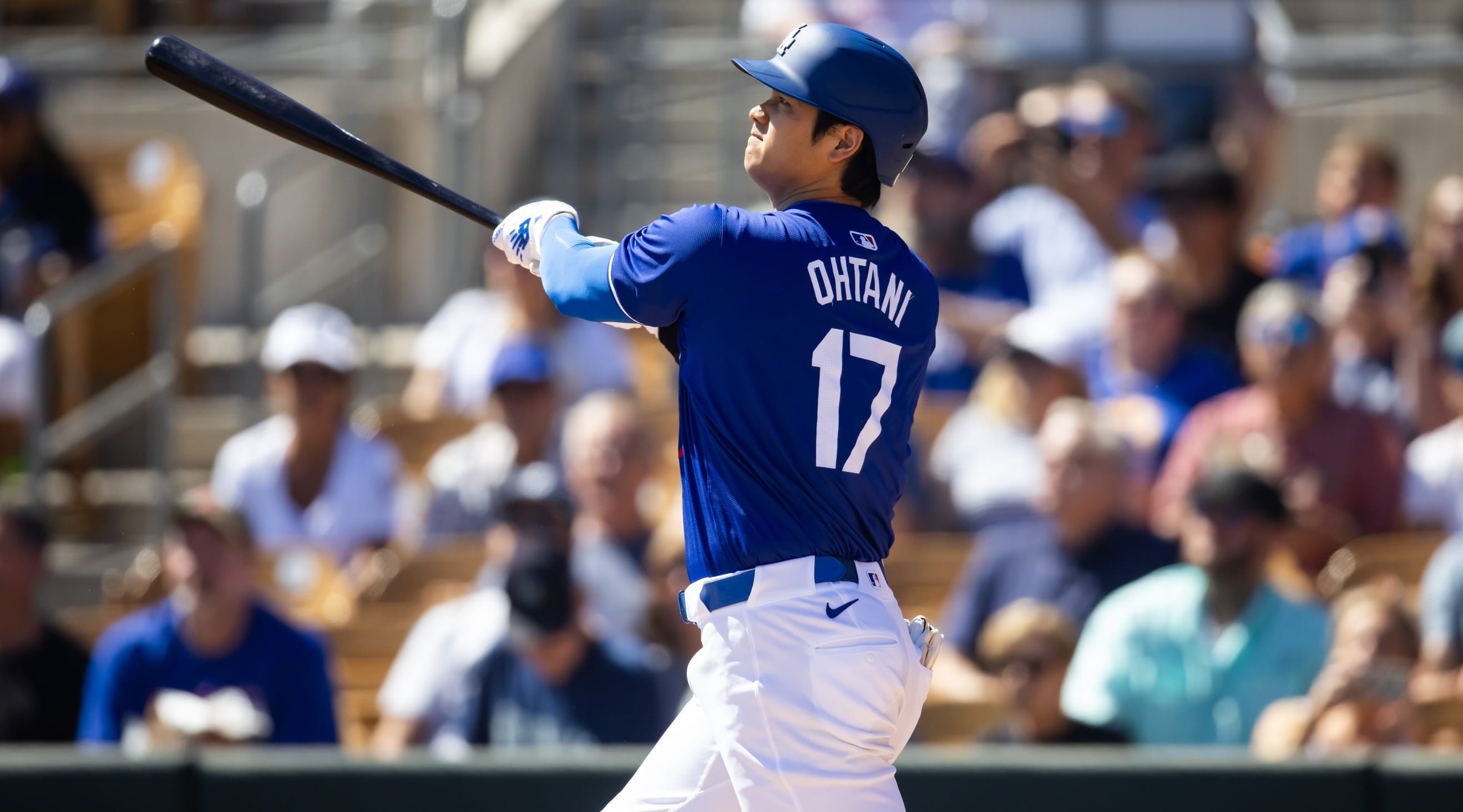Let's start with a breakdown of the total point distributions (here's a spreadsheet that has all of the scores and ranks).
| PITCHERS | POINTS |
| 1 | 48 |
| 1 | 46 |
| 2 | 45 |
| 2 | 43 |
| 2 | 42 |
| 1 | 40 |
| 1 | 39 |
| 5 | 38 |
| 1 | 36 |
| 2 | 35 |
| 4 | 34 |
| 8 | 33 |
| 8 | 32 |
| 8 | 31 |
| 11 | 30 |
| 14 | 29 |
| 17 | 28 |
There was a bubble at the 38-point barrier, with five pitchers hitting that specific number after no more than two players received the same rating above that mark (or for a few point values below). That bubble essentially marks the end of my second tier of pitchers (the 36-point Carlos Carrasco is also included in this tier), and my strategy is to get two of these players before the top-16 arms are off the board (questions surrounding the health of David Price knock it down to 15). The peer groups begin to thicken as one travels farther down the list, with a decanter-shaped distribution that is thin at the top of the scale before billowing at the bottom. On the spreadsheet I also color-coded the point values to represent tiers of value.
Let's look at some of the distributions within individual categories, the explanation of which are in my introduction to the system:
Strikeouts (10 points): Just three pitchers scored a full 10 points in this category, representing a projected K rate greater than 29 percent: Kershaw, Max Scherzer and Yu Darvish. Eight pitchers scored nine points in the strikeout category. Strikeouts are more stable than the other categories, especially when put on a rate basis, and the heavy weighting of Ks reflects this relative predictability as well as the ripple effect that high strikeout rates can have on the other ratios.
ERA (6 points): Just two pitchers scored the maximum six points for projected ERA (under 2.75): Kershaw and Jake Arrieta. I typically don't mind a very thin tier at the max point value, but in retrospect I think that I need to make an adjustment to make the six-point crew a bit more inclusive, as the current setup leads to a bunching effect at four and five points (the 2.75-3.75 range for ERA). Perhaps the necessary adjustment is to raise the bar of the whole system, such that six points covers those whom I expect to have an ERA less than 3.00 instead of 2.75, and then adjust the following sets appropriately. It's definitely a category worth deep-diving.
WHIP (6 points): Kersh is so good in this category that he breaks the scale. I was compelled to give him six points in this six-point category, as the southpaw's projected WHIP is that much better than any starter in the game. The full six points corresponds to a WHIP of 1.05 or lower, and aside from Kersh there were five pitchers who maxed out in this category: Scherzer, Madison Bumgarner, Chris Sale, Arrieta and Masahiro Tanaka.
Wins (3 points): Wins are basically a crapshoot, and I gave the vast majority of pitchers a score of two points in the category (corresponds to 10-14 wins). Fourteen players earned the full three points in the wins category, a group that covers pitchers who are expected to pitch a lot of quality innings for teams with excellent offenses.
Innings Pitched (10 points): There were originally two pitchers who maxed out in projected innings (more than 225), but one (David Price) has since been bitten by the injury bug, leaving Scherzer standing alone at the top. Combine that with the top-tier K rate, and it's no wonder why Scherzer is an easy pick to lead the majors in total strikeouts this season. The IP category was the toughest to assess as well as the most definitive in determining a player's overall score, and it is the most likely category to spark debate. In many ways, it was the most important stat that I covered, though it might have also been the most volatile given the injury risk inherent with the position.
Stuff (8 points): The first of my two skills-based scores, I used a combination of stats from BrooksBaseball and the evidence of my own observations to tally scores for stuff. My criteria included command, velocity, break (sharpness and depth), breadth of arsenal and batter performance versus those pitch types. Once again, I was selective at the top, as the only players who earned the full eight points were Kershaw and Noah Syndergaard. There were only four pitchers who earned seven points in the category (Scherzer, Corey Kluber, Darvish and Stephen Strasburg), and the presence of so few pitchers at the top two spots indicates I was perhaps too selective at the top of the scale. I wouldn't open the floodgates, necessarily, but some of the pitchers who were high in the six-point cohort might be worthy of seven-point consideration.
Mechanics (7 points): The basis for my mechanics comes from the Mechanics Report Card that I established several years ago, and a full seven points would correspond to the rare straight-A grade for a pitcher's delivery. I assess a pitcher's mechanics based on timing/repetition, balance, torque, momentum and posture, and I don't expect many pitchers to be in the top group. Sure enough, just three starting pitchers earn seven points for mechanics this season: Bumgarner, Kluber and Darvish. Similar to great stuff, the best pitchers on the planet tend to have strong mechanics, and those who score poorly tend to have rough results on the field. In fact, not a single player in the Crazy 88 earns a bottom-feeding 1 for his mechanics, as poor-delivery starters such as Ubaldo Jimenez and Yovani Gallardo fall short on statistical measures as well as the scouting-style rankings.
Review
I suppose the first question is: will I follow this ranking system religiously on draft day?
Short Answer: Yes and no.
For starters, I am thrilled with the results, as they conform more closely with my gut feel on these players than any system I have seen. This is particularly true now that I have gone through each pitcher's case with a fine-tooth comb, which allowed me to appreciate aspects of each player's profile that was previously overlooked. The system also integrates factors such as mechanics and stuff that are absent from all other rankings but which I think are integral pieces of the pitcher puzzle, and the subjective nature of assigning the categorical scores allows me to personalize the ranks.
Readers can do the same, and I encourage folks to take the scores and rankings from my master spreadsheet and make it their own by copy/pasting the spreadsheet and making adjustments to bring things more in line with one's own expectations. Finally, I have been actively using this system in my fantasy drafts, and the greatest benefit has been the ability to diagnose my pitching staff's strengths and weaknesses in real-time and then draft accordingly - I can see right away if I have overdosed on strikeouts but am light on innings, so that I can address the issue mid-draft.
However, there is also a "no" component to my short answer, because I won't follow the system blindly. In addition to categorical rankings occasionally taking precedence over the ordinal ranks, there were also a couple players that fell through the cracks. All in all, though, the occasional pitfalls are easy to identify. For example, Garrett Richards earned a paltry 25 points on this scale, dropping so low in the ranks that he earns an "NR" and drops easily outside the top-100 arms. I don't think that he deserves to be that low, but I do stand behind the individual elements that drove Richards' low ranking, and I will surely not get him in any drafts because I see such a disparity between his likely value in 2017 and his NFBC ADP of 67. The case is similar with fellow fallers like Aaron Sanchez, Danny Duffy and JA Happ, as I have little to zero chance of seeing them available in my personal value range for those players when ADP dictates they will be long gone.
That being the case, I have been very happy with my pitching staffs in leagues that have already drafted using this system, and I am more than OK to let a competitor use an early pick on those players while I wait for less-heralded pitchers (whom I might prefer in a vacuum) to fall into my lap.
Subjectively, I have used a variant of this system for the past decade of drafting fantasy pitchers, but this is the first time that I followed such a precise set of rules for my rankings, and the first time I have been tasked with an honest assessment of how I weigh the various elements that make up pitching.
I tried to be as objective as possible with the stat projections - which was easier to do with projecting a range of outcomes as opposed to precise numbers. I put some weight on career numbers in an attempt to acknowledge how different pitchers can be year to year, which is a nod to my potential bias toward the PECOTA projection system at Baseball Prospectus, a system that I was intimately familiar with during my years at BP and which has a relatively long memory when it comes to formulating player projections.
That said, 15 points (30 percent) of the system was attributed to mostly subjective categories, relying on my assessment of a pitcher's mechanics and stuff. These elements weren't purely subjective, as I used the incredible resource of BrooksBaseball.net to better inform the stuff ratings, while the mechanics scores were based on a grading system that I have established and used for the past seven years, one which strives to have internal consistency that is less subject to my own personal tastes. So those values might have been subjective by definition, but they were rooted in transparency.
At first I was a bit distraught at the sheer multitude of players with similar scores, particularly in the 28-32 point range, but then I realized that it's perfect: A) I feel this is an accurate reflection of the value distribution at this part of the player pool; B) it's the natural byproduct of the ranking system, as pitchers with various warts get bunched together; C) it allows me to work within my preferred tier system, subgrouping players within value tiers and then targeting players based on team needs as the draft unfolds; and D) most important, it breaks down the components in a way that folks can easily enter this into a spreadsheet (Here, I'll share mine, and you can copy/paste from there), and then make tweaks where they see fit, under any dimensions, and see how the players shake out, creating a personalized set of rankings.
In sum, I'm beyond satisfied with the results of this system, such that I have been using it extensively in my own drafts and plan to take a similar approach next season.
























